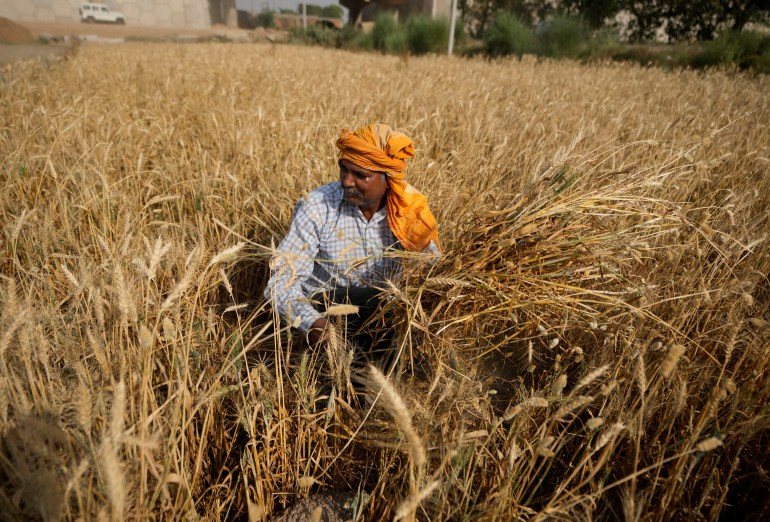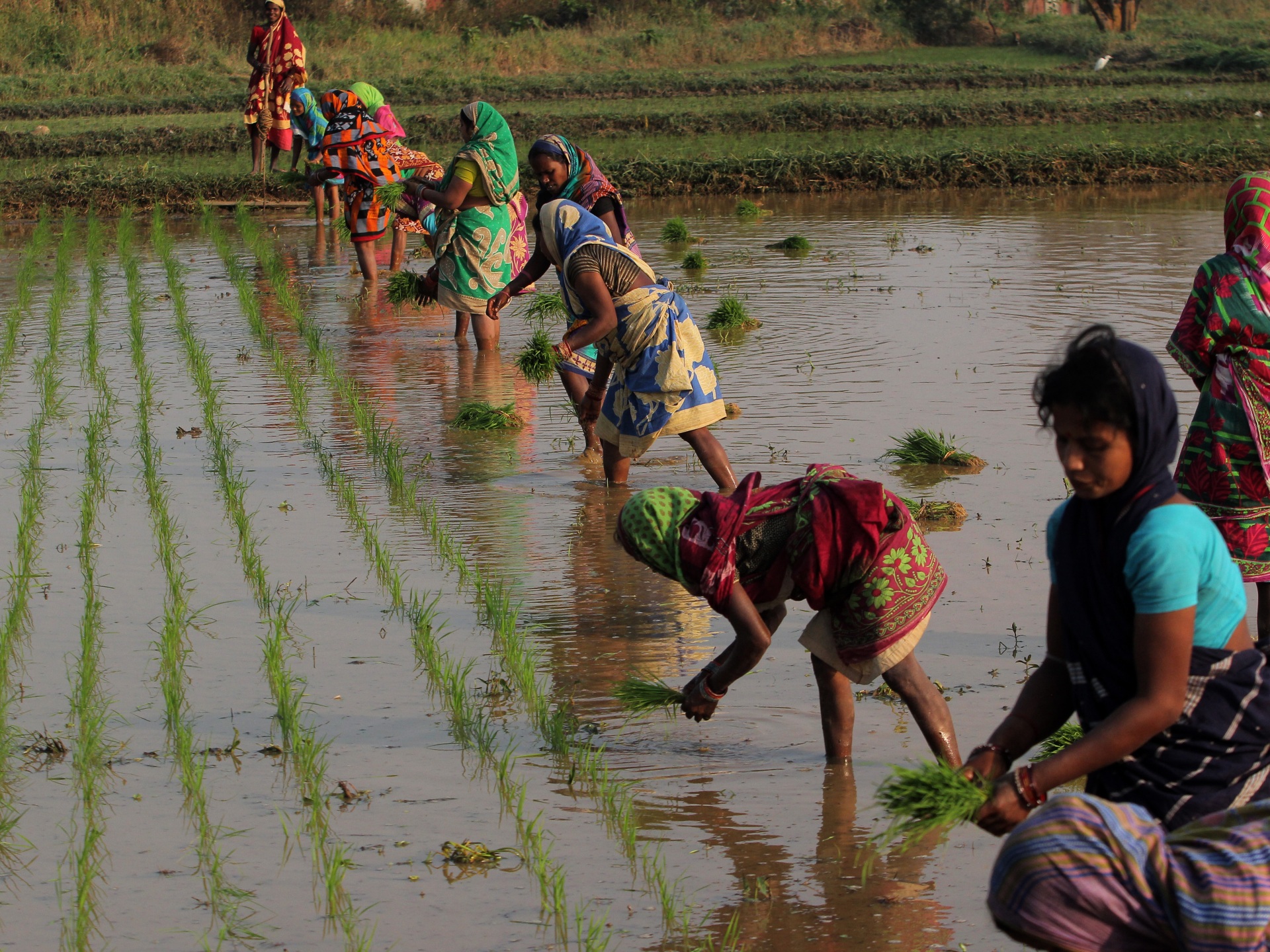[ad_1]
Premature rains and hailstorms may injury India’s key winter-sown crops, comparable to wheat, rapeseed and chickpeas, simply earlier than harvesting begins for crops which have already suffered some heat stress, business and climate division officers say.
India’s climate division has warned key rising states in central, northern, and western areas may obtain extra rain and hailstorms within the subsequent 10 days. That might curtail manufacturing and raise meals inflation, which the federal government and central financial institution have been making an attempt to comprise.
A drop in wheat manufacturing may make it tough for New Delhi to replenish inventories, whereas decrease rapeseed output may power the world’s largest edible oils purchaser to extend imports of palm oil, soya oil and sunflower oil.
“Rainfall and hailstorms are elevating issues since harvesting of winter crops simply began. The standing crops can be affected, and it may scale back the output,” mentioned Harish Galipelli, director at ILA Commodities India Pvt Ltd.
Farmers often begin planting wheat, rapeseed and chickpeas in October and November, and harvest them from the top of February.
Hailstorms and gusts of greater than 30kmph (19mph) winds may hit states comparable to Rajasthan, Madhya Pradesh, Uttar Pradesh, Punjab, Haryana and Maharashtra within the subsequent few days, the India Meteorological Division (IMD) mentioned.

Winter-sown crops have already been beneath stress due to above-normal temperatures and maturing early, mentioned farmer Ramrai Bohara from Rajasthan, the largest rapeseed producing state.
The utmost temperature in some wheat rising areas jumped above 39 levels Celsius (102 levels Fahrenheit) earlier this month, almost 7C (12.6F) above regular, in keeping with IMD knowledge.
“We don’t need rainfall and windy climate for two-three weeks. Crops would fall and harvesting will grow to be tough,” Bohara mentioned.
Rainfall wouldn’t solely scale back yields however may additionally scale back the standard of the harvest, mentioned a Mumbai-based supplier with a worldwide buying and selling home.
El Nino menace
Cereal and oilseed crops throughout Asia are forecast to face scorching, dry climate, with meteorologists anticipating the El Nino climate sample to develop within the second half of the 12 months, threatening provides and heightening issues over meals inflation.
Huge swaths of farmland in Southeast Asia and Australia are anticipated to face greater temperatures, whereas some rising areas in North and South America are more likely to see extra crop-friendly climate as there may be greater than a 50 % likelihood of the El Nino phenomenon occurring, meteorologists mentioned.
La Nina climate, characterised by unusually chilly temperatures within the equatorial Pacific Ocean, has ended and El Nino, a warming of ocean floor temperatures within the Jap and Central Pacific, is predicted to type in the course of the northern summer season, in keeping with US and Japanese climate forecasters.
Whereas La Nina brings cool and moist climate to elements of Asia, El Nino is usually related to warmth and dryness within the area. In North and South America, the climate tends to be beneficial for crops throughout El Nino, though there are more likely to nonetheless be pockets of antagonistic climate lingering.
The northern and central elements of India, that are already reporting a scarcity of moisture, are set for below-normal rains within the second half of the 12 months, meteorologists mentioned, leaving the world’s second most-populous nation susceptible to decrease meals output and better costs.
“In central and northern elements of India, stretching proper as much as Pakistan, the difficulty is that the present circumstances are reverse to that of Southeast Asia,” mentioned Chris Hyde, a meteorologist on the US-based Maxar.
“The area is dealing with drought, so even barely beneath regular precipitation is more likely to pose threat to crops.”
[ad_2]
Source link


